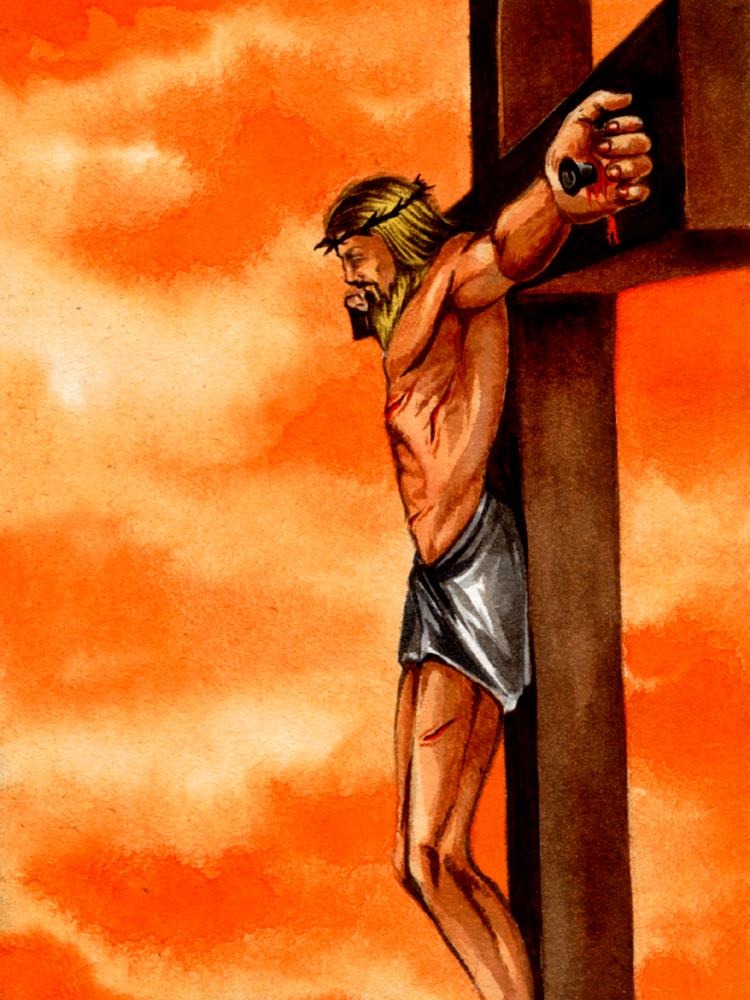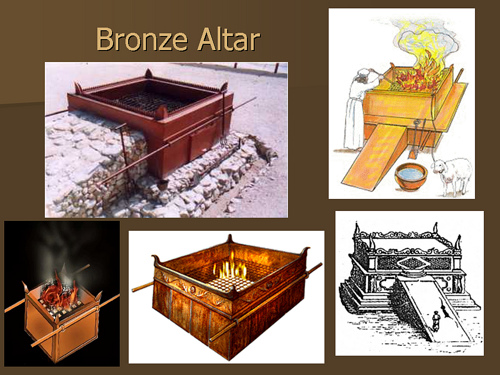By Cahleen Shrier, Ph.D. (originally posted at http://www.apu.edu/articles/15657/)
Each year, Cahleen Shrier, Ph.D., associate professor in the Department of Biology and Chemistry [at Azuza Pacific University in California], presents a special lecture on the science of Christ’s crucifixion. She details the physiological processes a typical crucified victim underwent and teaches her students to see Christ’s death on the cross with new understanding. The exact events in this scenario may not have happened in Jesus’ specific case, but the account is based on historical documentation of crucifixion procedures used during that time period. Please be aware that the following is of a realistic and graphic nature.
It is important to understand from the beginning that Jesus would have been in excellent physical condition. As a carpenter by trade, He participated in physical labor. In addition, He spent much of His ministry traveling on foot across the countryside. His stamina and strength were, most likely, very well developed. With that in mind, it is clear just how much He suffered: If this torture could break a man in such good shape, it must have been a horrific experience.
Matthew 26:36-46, Mark 14:37-42, Luke 22:39-44
After the Passover celebration, Jesus takes His disciples to Gethsemene to pray. During His anxious prayer about the events to come, Jesus sweats drops of blood. There is a rare medical condition called hemohedrosis, during which the capillary blood vessels that feed the sweat glands break down. Blood released from the vessels mixes with the sweat; therefore, the body sweats drops of blood. This condition results from mental anguish or high anxiety, a state Jesus expresses Continue reading




